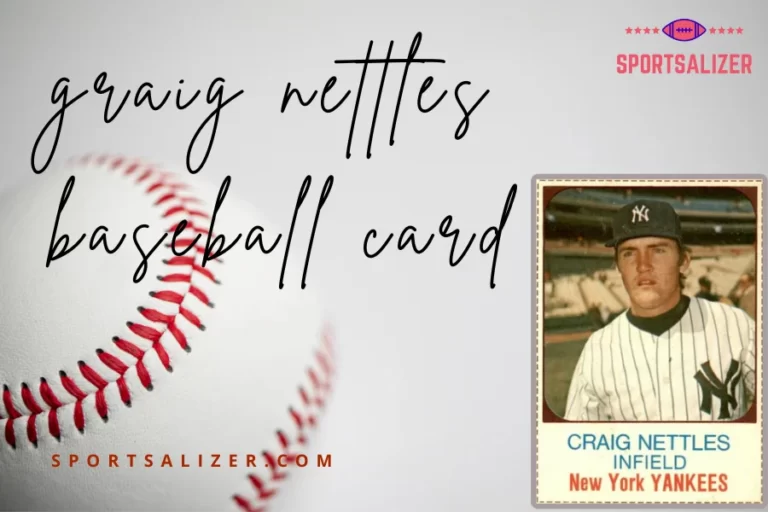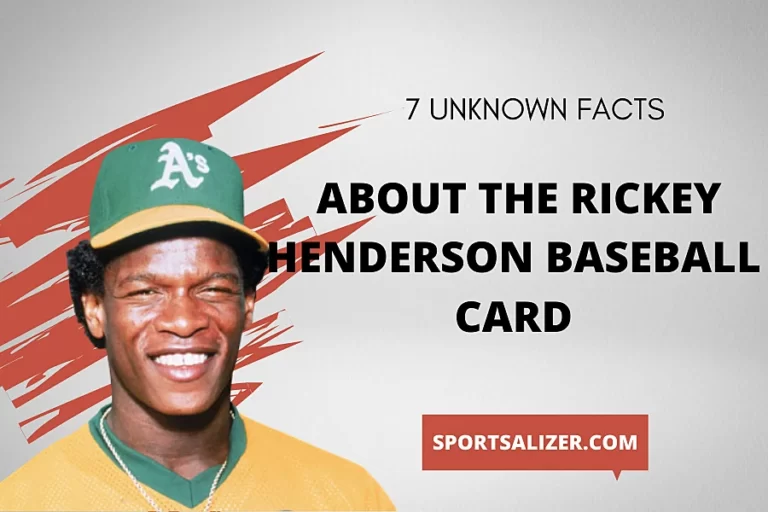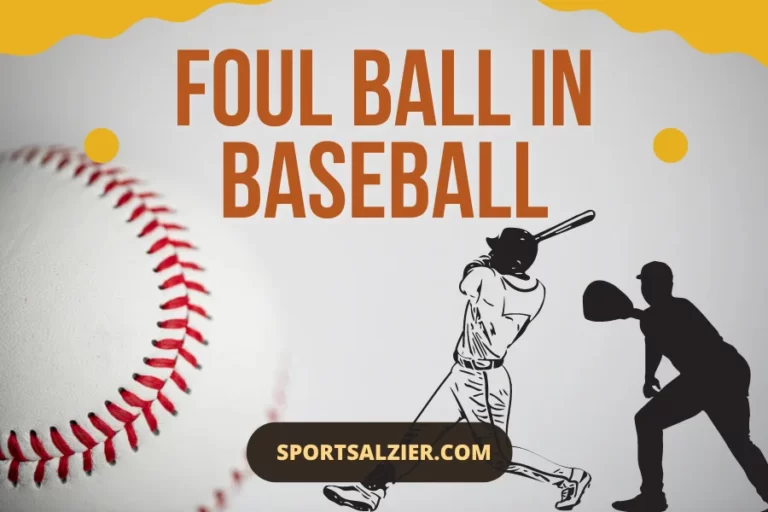Foul lines in Baseball: Learn the Rules Now
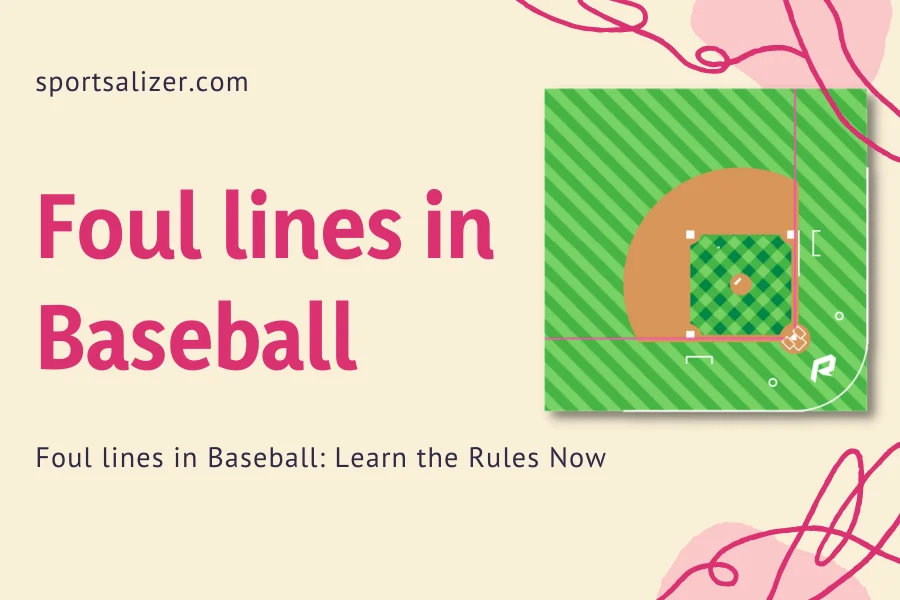
The rules for foul is not very simple in Baseball. There are several things that one needs to take care of in order not to get a “foul ball.”There are foul lies in Baseball that decide whether the ball is in play or out of play. So what is this new term “foul lines in baseball” that we are talking about?
Foul lines in Baseball are two lines. These two lines extend from the “home plate” through “first base” and “third base” to the foul poles. If the Baseball hits these two lines and stays within, then it is a “play ball” or in the fair territory. But if the ball goes beyond these lines, it is considered a “foul ball.”
Contents
Foul lines in Baseball are a decider of the fouls you make
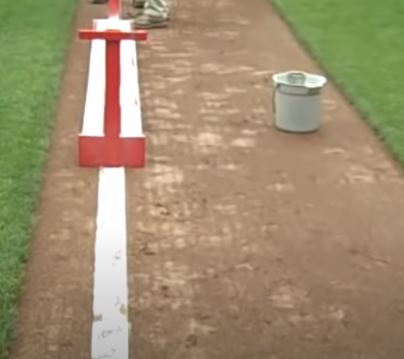
So we hope by the definition of the foul lines in Baseball has been made clear that the foul lines decide the “fate” of the ball. In order to get a foul ball, it needs to cross the foul lines in Baseball that are all around the boundaries. There are many lines in the ground like there are foul lines in Baseball, then there are the baselines, the running lanes, and many more. So let us go a bit into the details to give you a clear picture of the foul lines in Baseball.
What is a foul ball?
A foul ball is a strike against the hitter that is hit across the first and third base foul lines. A batter can be dismissed on a foul ball, but most foul balls allow batters to extend their at-bats. On foul balls, batters cannot reach base, and runners cannot advance.
You might think that what is there so confusing about a foul ball? Yeah, we understand on the surface, it is straightforward. A ball that lands in the “90-degree” slice of “fair territory” is a fair ball, while anything else is foul. That is accurate in a nutshell, but there is something more to.
Balls hit in the infield and outfield are subject to various rules. The location of a ball in the outfield determines whether it is fair or foul. That element is decided in the infield by where the ball is touched or where a ground ball is when it crosses the first or third base.
Foul poles are located where the foul lines join the outfield barrier. A fair ball hits the foul pole. A home run is a ball that hits the foul pole without bouncing, while a ground-rule double is a ball that bounces and then hits the foul pole.
Home runs are an exception to the general rule that balls must land in a fair area. A home run is defined as a ball that crosses the foul pole in the fair area and then settles in foul territory, curling around the pole.
Foul Ball Vs Fair Ball
Although it is quite evident that the balls that goes beyond the foul lines in baseball are the ones that are considered to be the foul balls. But there are specific rules that needs to be followed to decide the fate of the ball.
| Foul Ball | Fair Ball |
|---|---|
| It is still a foul ball if a ball to the outfield initially lands in foul territory and then rolls into fair territory. | Any ball that lands on or inside either foul line on its initial bounce is considered fair. Even if a ball rolls into foul zone, it is still a fair ball as long as it initially hits the baseball ground in fair territory. |
| The ball is foul if it rolls into foul zone before reaching first or third base. | One cannot say whether its a foul or fair ball until it comes to a halt or is contacted by someone, generally a fielder. |
Frequency of occurrence of foul balls
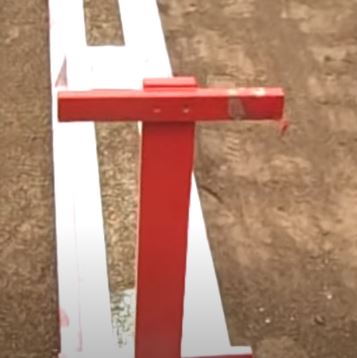
It is quite common that the foul balls occur very frequently. The reason being that the hitter is often unable to complete the “square up a pitch.”
In the entire 2019 season of the Major League Baseball or as commonly known as the MLB, there were as many as 131,000 foul balls in the entire season. So from this data you can easily make out that on an average there were as many as 54 fouls per game only.
Foul lines in Baseball vs The Baselines
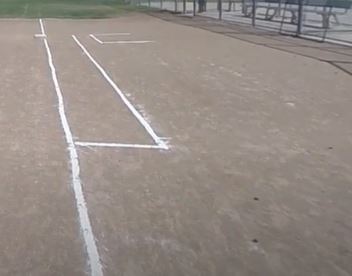
| Foul lines | Baselines |
|---|---|
| The foul lines in baseball are always colored yellow or white. | The baselines are not always colored, like between the second base and the third base it is often invisible. |
| The foul lines in baseball are important to decide whether the ball is in fair zone or foul zone | The baselines are important for the “base running.” |
In a nutshell
In and out of the field of play, foul balls can be thrown. As a result, every ball hit in the air that a fielder can catch within the field of play is considered an out. Foul lines and foul poles are used to define adequate space and, as a result, what constitutes a foul ball. Any batted ball that makes its first contact with a fielder while in foul territory is ruled foul. The foul line is a lime line that runs from the corners of the home plate to the foul poles, passing through the first and third base.
FAQs on Foul lines in Baseball
Why is it called a foul pole?
A fair ball lands on the foul line. The line and pole demarcate the boundary between fair and foul territory. As a result, they’re known as the foul line and pole, and anything that crosses the line is considered fair.
Is it possible for a foul ball to become fair?
A fair ball is one that lands foul and goes into the fair area before reaching first or third base. The word settles crucial in the preceding definition. It is a foul ball if a declared Infield Fly can fall to the ground untouched and hops foul before passing first or third base.
How thick are baseball foul lines ?
The foul lines on a baseball field should be exactly “4 inches” wide, as per professional baseball field management employees.
What is the angle of baseball foul lines?
On the right foul line, first base is 90 feet from home plate, at a 45 degree angle from the line connecting home plate and the middle of the pitcher’s mound.





